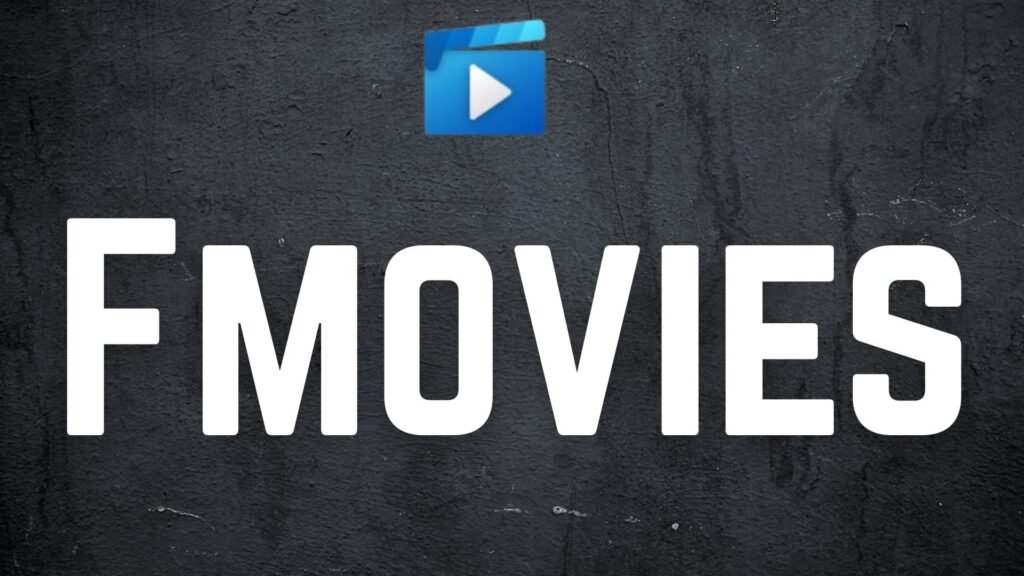Relatedness Network Revolution: How This Platform Is Changing News Consumption

Open any app, and you’re buried under a landslide of headlines, hot-takes, and half-baked analyses. Information overload erodes trust, breeds fatigue, and leaves audiences scrolling rather than learning. Related News Network (often shortened to RNN) stepped into this chaos with a deceptively simple premise: deliver only the stories that matter in the format readers crave. That mission has resonated—RNN’s editorial motto, “Stories That Matter,” sits atop the site as a quiet but pointed manifesto. Related News Network.
From Blog Experiment to Global Hub
Launched a few years ago by a small cohort of journalists and data engineers, the relatedness network began as an experiment: Could an AI-curated feed be more intellectually nutritious than the social media firehose? Early traffic spikes proved the concept. By 2025, RNN had outgrown its “news-blog” roots and evolved into a fully digital newsroom, publishing across global politics, finance, technology, entertainment, and lifestyle—while still relying on algorithmic personalization to serve the right mix for every visitor. CEO COLUMN.
Behind the scenes, RNN’s founders codified two principles that now define the brand:
- Relevance over volume. A scaled-down but deeper slate of stories prevents doom-scrolling.
- Transparency breeds trust. Each article carries a visible fact-checking badge that details the source materials used.
The AI Engine: Personalization Without the Echo-Chamber
Most aggregators lean on a black-box algorithm; RNN’s engineers chose a glass-box approach. Their home-grown AI analyzes three signals in real-time—past reading behavior declared topic interests, and dwell time on comparable stories—to determine what loads next in the feed. The result? A dynamic front page that morphs with each reader’s evolving curiosity. Crucially, the model injects “diversity bias” to ensure opposing viewpoints and lesser-known beats don’t vanish into algorithmic oblivion. CEOCOLUMN
RNN’s editors call this “constructive serendipity.” You get your favorite tech-policy explainer, but you also bump into an investigative piece on groundwater shortages—or a long-form profile of a Senegalese robotics team. By keeping surprise in the mix, the platform avoids the filter-bubble trap that critics often attribute to AI personalization.
Beyond Text: Multimedia Storytelling for Busy Eyes and Ears
In 2024, the company expanded into audio briefings and vertical video bulletins optimized for commuters and TikTok natives alike. Each 90-second clip is built from the same verified reporting that underpins longer text packages, so the depth doesn’t disappear when the format shrinks. On major stories—such as Russia-Ukraine negotiations, quarterly earnings from Big Tech, and global climate pacts—RNN runs a rolling, live card that stitches text, charts, and short clips into one continuously updated canvas. Readers can consume a developing event without having to hop across dozens of links. CEO COLUMN.
Interactive infographics form the third leg of the multimedia stool. Swipeable timelines and heatmaps help decode dense datasets, such as India’s Nifty 50 market swings or year-on-year carbon emissions. Related News Network.
Building Credibility in the Disinformation Age
RNN’s editorial charter borrows heavily from legacy outlets—double-source rules, on-the-record quotes, and a standalone Standards Desk—but adds a tech-centric twist. Each story is published with a “source card” listing primary documents, anonymized data pulls, and expert interviews. A machine-readable checksum prevents stealth edits after publication; any correction triggers a new version ID, visible to readers.
Equally important is the “Bias Barometer,” an open-source widget that diagrams the ideological spread of all sources cited in an article. While no metric is perfect, the Barometer provides audiences with a rare, quantifiable view of balance, restoring a measure of trust eroded in the click-bait era. Related News Network.
Community-Driven Curation and Local Voices
RNN isn’t a top-down wire service; its contributors include freelance reporters in Nairobi, São Paulo, Lahore, and Warsaw—many of whom pitch region-specific angles that never crack mainstream feeds.Relatedness Network A lightweight “pitch portal” lets academics and nonprofit researchers suggest data-rich storylines; accepted pitches pair experts with staff writers to fast-track publication .Relatedness Network For readers, this translates into nuanced coverage of Kenya’s mobile-money boom or Brazil’s remote-learning reforms—beats traditional bureaus too often overlook. CEOCOLUMN.

Impact: Changing Habits, Not Just Headlines
User metrics suggest a slow but fundamental shift in paradigm. The average session length on RNN sits near six minutes—double the industry norm—while bounce rates keep falling. Surveys show that 73 % of habitual readers report Relatedness Network “feeling more informed” rather than “more overwhelmed” after a browsing session. Advertisers willing to pay for a context-rich environment have followed,Relatedness Network freeing the outlet from the “traffic at all costs” treadmill.
Perhaps the most telling signal: journalism students cite RNN’s open-sourced tools (Bias Barometer, Source Cards) as templates for class projects, suggesting the platform is rewriting best practices, not merely iterating on them.
Roadmap: Where Relatedness Network Goes Next
Yet challenges loom. Scaling local bureaus without diluting editorial rigor requires money; RNN plans to test membership micro-subscriptions that unlock metered paywalled investigations while keeping general news free. Another frontier is generative AI translation—rolling out real-time multilingual editions that preserve nuance across Urdu, Spanish, and Swahili.
Finally, the team hopes to open its personalization API to partner outlets, allowing smaller publications to piggyback on RNN’s relevance engine while maintaining their editorial voice. The gamble? That an ecosystem of intelligent curation beats the old model of isolated, competing walled gardens.
Conclusion: A Blueprint for News in 2025 and Beyond
The rise of relatedness networks proves two things: first, that audiences still crave rigorous, engaging journalism; second, that technology when harnessed with transparency and ethical intent, can amplify rather than erode that mission. By blending algorithmic personalization with old-school shoe-leather reporting, RNN offers a compelling answer to the question haunting editors everywhere :Relatedness Network How do we cut through the noise without adding to it?
Suppose today’s experiment becomes tomorrow’s norm. In that case, consumers may look back at the endless-scroll decade as merely a transitional blip—one that paved the way for a more curated, comprehensible information diet.
FAQs
1. What makes relatednewsnetwork different from other news aggregators?
While most aggregators reskin wire stories, RNN pairs AI curation with in-house reporting and publishes transparent “source cards,” letting readers audit facts themselves. Related News Network
2. Does the personalization algorithm create filter bubbles?
RNN’s “diversity bias” intentionally injects opposing viewpoints and under-covered beats to prevent ideological echo chambers, striking a balance between relevance and breadth. CEOCOLUMN
3. Is Related News Network free to use?
Yes. Core news remains free; premium investigations and in-depth data interactives will be accessible behind a low-cost membership paywall later this year, according to internal roadmap discussions.
4. How does RNN combat misinformation?
Every article undergoes a dual fact-check (human editor + automated cross-reference) and receives a publicly viewable correction log with version IDs.Related News Network
5. Can independent journalists contribute?
Absolutely. The pitch portal invites freelancers and subject-matter experts worldwide. Accepted proposals pair contributors with staff editors to ensure alignment with standards before publication.









